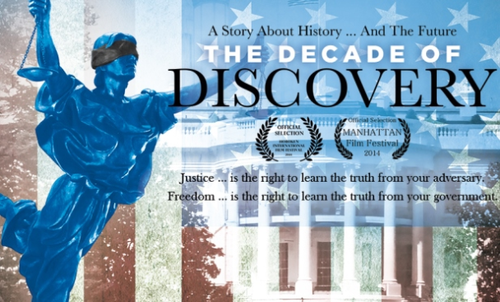Court Refuses to Dismiss Spoliation Claim Due to Defendant’s Failure to Produce Key Native File with Metadata – eDiscovery Case Law

In Raines v. College Now Greater Cleveland, Inc., 1:14-CV-00003 (N.D. Ohio June 3, 2014), Ohio District Judge James S. Gwin refused to dismiss the plaintiff’s claim of tortious spoliation of evidence due to the defendant’s failure to produce the metadata associated with a key report authored by the plaintiff.
In 2012, the defendant hired the plaintiff as Executive Director of the Higher Education Compact of Greater Cleveland. As part of her role, the plaintiff produced a Student Privacy Report, entitled Higher Education Compact of Greater Cleveland; Strategic Issues Paper: Student Information Access (the Student Privacy Report). The Student Privacy Report focused on potential violations of student privacy rights and the plaintiff identified concerns to her defendant employer that student privacy rights might be violated because the defendant allowed access to student information. The plaintiff filed a complaint after she was fired the next year by the defendant (and replaced with a substantially younger individual).
The plaintiff claimed spoliation of evidence when the defendants only produced the Student Privacy Report in physical form, without the native file and related metadata. The defendant claimed that the plaintiff could not make that claim because she was not able to show that this production disrupted the case and brought a motion to dismiss the claim of tortious spoliation of evidence (as well as the overall claim).
Judge Gwin noted that, “to state a claim for spoliation of evidence, a plaintiff must establish the following:
(1) A pending or probable litigation involving the plaintiff;
(2) Knowledge on the part of defendant that litigation exists or is probable;
(3) Willful destruction of evidence by defendant designed to disrupt the plaintiff’s case;
(4) Disruption of the plaintiff’s case; and
(5) Damages proximately caused by the defendant’s acts.”
The plaintiff alleged that the defendants knew litigation was likely, and “willfully” destroyed their electronic copy of her Student Privacy Report, claiming that the “metadata associated with the report has independent importance”.
While noting that the plaintiff’s spoliation claim “is not clear regarding damages”, Judge Gwin stated that the plaintiff “sufficiently alleges a claim to survive a motion to dismiss”. Therefore, the motion to dismiss the spoliation claim was denied and Judge Gwin stated, “We will later sort through whether any loss of metadata has caused damage”.
So, what do you think? Should metadata be required to be included in production of key documents? Or is production of a physical document sufficient? Please share any comments you might have or if you’d like to know more about a particular topic.
Disclaimer: The views represented herein are exclusively the views of the author, and do not necessarily represent the views held by CloudNine Discovery. eDiscoveryDaily is made available by CloudNine Discovery solely for educational purposes to provide general information about general eDiscovery principles and not to provide specific legal advice applicable to any particular circumstance. eDiscoveryDaily should not be used as a substitute for competent legal advice from a lawyer you have retained and who has agreed to represent you.






